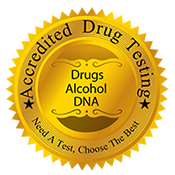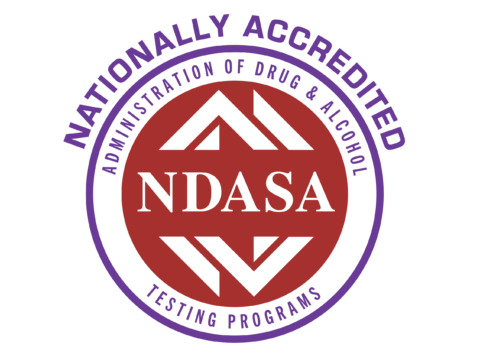Understanding Level 1 vs. Level 2 Lift Tests
Lift tests are essential physical ability assessments often required by employers to ensure employees can safely perform the physical demands of their jobs. These tests help reduce workplace injuries and ensure compliance with safety standards. The two most common types are Level 1 and Level 2 Lift Tests. Here’s how they differ.
Level 1 Lift Test
A Level 1 Lift Test is designed to evaluate an individual’s ability to lift a moderate amount of weight in a controlled setting. It is generally used for jobs that involve light-to-moderate lifting tasks.
Typical Requirements:
- Lift and carry up to 35–50 pounds
- Repetitive lifting from floor to waist or waist to shoulder
- Basic body mechanics and safe lifting techniques evaluated
Common Industries:
- Retail
- Office or administrative support with occasional lifting
- Light warehouse or logistics
Level 2 Lift Test
A Level 2 Lift Test is more advanced and measures the ability to lift and move heavier loads, often under more physically demanding conditions. This level is suitable for physically intensive roles.
Typical Requirements:
- Lift and carry 50–100 pounds
- Push/pull tasks involving heavy loads
- Repetitive squatting, bending, or climbing during test
Common Industries:
- Construction
- Manufacturing and heavy equipment
- Law enforcement and public safety
Why Lift Testing Matters
- Promotes workplace safety by ensuring employees meet physical job demands
- Reduces injury risk and associated healthcare or workers’ comp costs
- Supports ADA-compliant hiring practices when performed correctly
Schedule Your Lift Test Today
Accredited Drug Testing offers both Level 1 and Level 2 lift tests nationwide. Our trained professionals deliver consistent, job-specific evaluations to meet your hiring and compliance needs.
Contact us today to schedule lift testing or learn more about our full suite of occupational health services.

